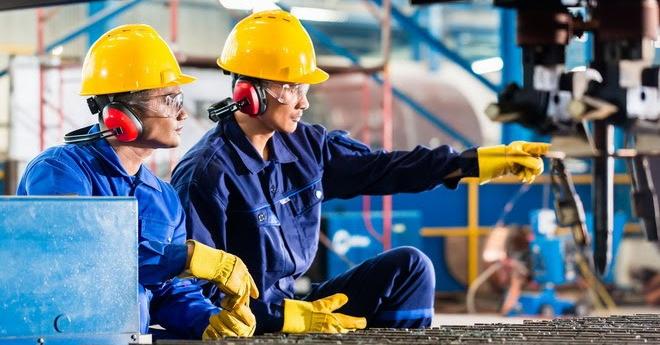Are you curious to know what is HIRA in safety? You have come to the right place as I am going to tell you everything about HIRA in safety in a very simple explanation. Without further discussion let’s begin to know what is HIRA in safety?
In the realm of occupational safety and risk management, the acronym “HIRA” holds great significance. HIRA, which stands for Hazard Identification and Risk Assessment, is a systematic approach that organizations employ to ensure a safe working environment for their employees. In this blog post, we will delve into the concept of HIRA in safety, understanding its components, importance, and how it plays a pivotal role in preventing accidents and ensuring the well-being of individuals.
What Is HIRA In Safety?
HIRA, as the acronym suggests, comprises two primary components: Hazard Identification and Risk Assessment.
- Hazard Identification: This step involves identifying potential hazards that could pose risks to individuals, property, or the environment. Hazards can include physical, chemical, biological, ergonomic, and psychosocial factors that may lead to accidents or incidents.
- Risk Assessment: Once hazards are identified, the next step is to assess the level of risk associated with each hazard. Risk assessment involves analyzing the likelihood of an incident occurring and the potential consequences of that incident.
The Importance Of HIRA
- Prevention of Accidents: HIRA is a proactive approach that helps organizations prevent accidents before they occur. By identifying hazards and assessing their risks, steps can be taken to eliminate or mitigate those risks.
- Employee Safety: Ensuring the safety and well-being of employees is a paramount responsibility for organizations. HIRA plays a key role in creating a safe work environment, protecting employees from potential harm.
- Legal Compliance: Many jurisdictions require organizations to conduct hazard identification and risk assessment as part of their legal obligations. HIRA helps organizations stay compliant with safety regulations.
- Efficiency and Productivity: Addressing hazards and minimizing risks can lead to improved efficiency and productivity. Employees who feel safe are likely to be more motivated and engaged in their work.
- Cost Reduction: Accidents and incidents can lead to financial losses for organizations due to medical expenses, property damage, and legal liabilities. HIRA can help reduce such costs by preventing incidents in the first place.
Implementing HIRA
- Gather Information: Collect data about the work environment, processes, equipment, and materials used. This information is essential for identifying potential hazards.
- Identify Hazards: Systematically identify all potential hazards, ranging from physical risks to health-related factors.
- Assess Risks: Evaluate the level of risk associated with each hazard. Consider factors such as the likelihood of occurrence, potential consequences, and the number of people exposed to the hazard.
- Implement Controls: Based on the risk assessment, implement appropriate controls to eliminate or mitigate the identified hazards.
- Regular Review: HIRA is not a one-time activity. Regular reviews and updates are necessary as new hazards may emerge or processes change.
Conclusion
HIRA in safety is a foundational pillar of risk management, empowering organizations to create safe and secure environments for their employees. By identifying hazards, assessing risks, and implementing appropriate controls, organizations can prevent accidents, ensure legal compliance, and enhance overall productivity. HIRA serves as a constant reminder that a proactive approach to safety is essential for the well-being of individuals and the success of businesses.
FAQ
What Is The 4 Steps Of HIRA?
Hazard Identification and Risk Assessment – HIRA in Safety is a process that consists of a number of sequential steps such as hazard identification, likelihood and consequence assessment, risk evaluation based on the existing controls and recommendations to reduce those risks which are not under acceptable limits.
What Is Aim & HIRA?
What is meant by HIRA? HIRA-HAZARD IDENTIFICATION RISK ASSESSMENT. Risk assessment aims to ensure that the hazards are eliminated, or risks minimised by the correct application standards.
How Many Steps Are There In HIRA?
We’ve made it simple by breaking it down into six essential steps to carry out a HIRA assessment.
What Is HIRA In Iso?
Hazard identification and risk assessment (HIRA) study is the systematic approach to assessing hazards and their related risks, which helps in deriving objective measures of recognizing the hazards and implementing the techniques that could help in managing the risks.
I Have Covered All The Following Queries And Topics In The Above Article
What Is HIRA In Safety
What Is The HIRA In Safety
What Is HIRA In Safety Pdf
What Is The Meaning Of HIRA In Safety
What Is HIRA In Health And Safety
What Is HIRA In Safety In Hindi
What Is The Full Form Of HIRA In Safety
What Is HIRA In Safety
What is the 4 steps of Hira
What is the purpose of Hira
